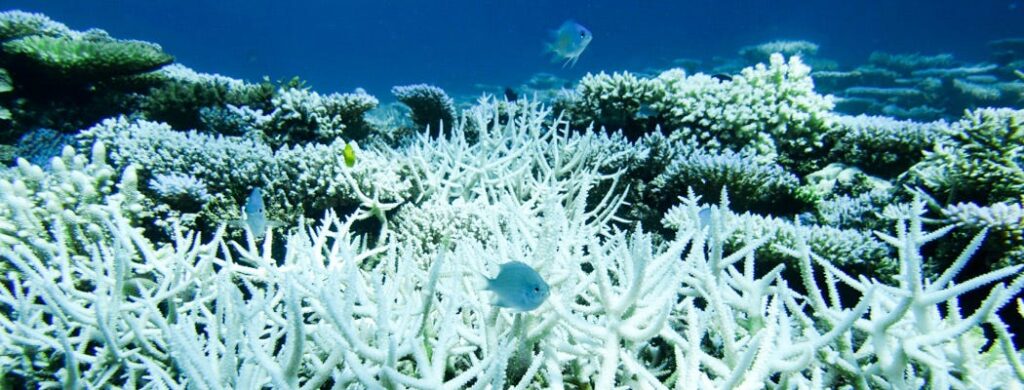Rare Good News for Florida’s Bleaching Reefs: Rescued Coral from Miami Spawn
Posted
Last Updated
By wlrn.org.
Scientists racing to save coral from bleaching reefs across the Florida Keys got some rare good news: a handful of coral rescued off Miami spawned in the University of Miami’s Rosenstiel hatchery lab this week.
While it’s too soon to know whether they’ll become viable, making babies could definitely be a good sign for coral that have endured weeks of punishing heat.
“The fact that some of them spawned is good. We’re sort of optimistic that tonight we may get even more of them spawning,” said marine biologist Andrew Baker, whose Reef Futures Lab is managing the spawning coral, on Thursday.
But he’s not quite ready to hand out cigars.
“There could be these kind of cryptic effects of the heat stress on the corals.” he said, meaning the eggs and sperm could still not fertilize. “The first step in the reproductive process. But so far, so good.”
The coral now in the lab were rescued from two nurseries off Key Biscayne where coral have so far remained healthy.

Across the Keys, reefs are in much more dire shape. The National Oceanic and Atmospheric Administration has documented all coral at Cheeca Rocks affected by bleaching. And at Sombrero Reef, UM researchers say bleaching is also widescale, including slow-growing boulder coral that help build reef foundations.
Florida’s beleaguered reef, the only inshore barrier reef on the U.S. mainland, has suffered years of damage from pollution and over-fishing, as well as increasing stress from climate change.
The reef not only provides a powerful barrier to storm surge — also expected to worsen as the planet warms — but helps provide Florida with a thriving tourism economy. Reef restoration work has now been going on for more than decade, with a handful of offshore nurseries mostly growing staghorn coral expanding up and down the coast.

